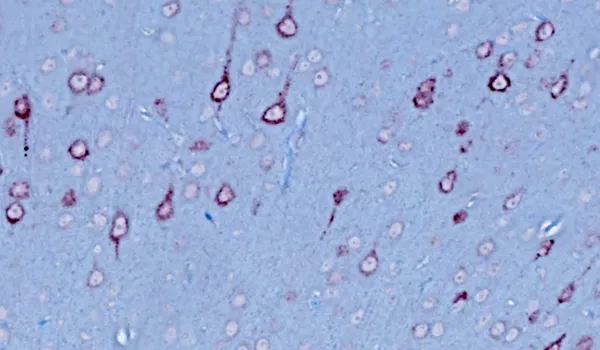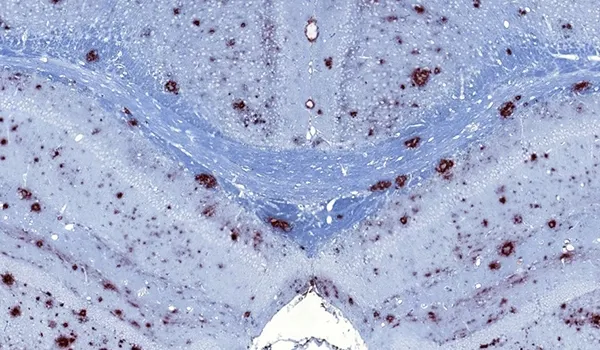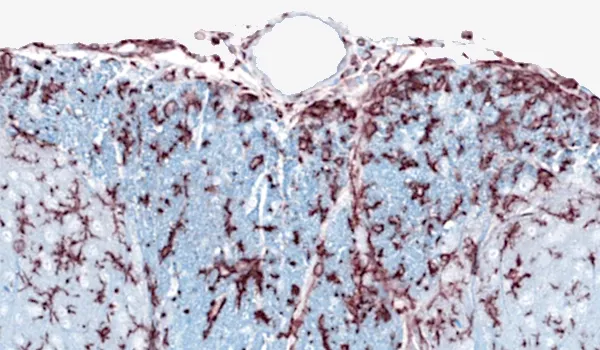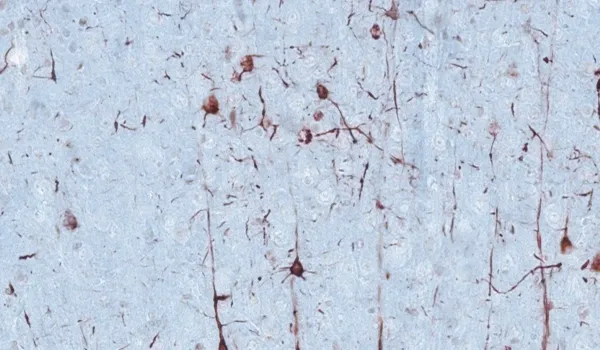Amyotrophic Lateral Sclerosis (ALS)
TDP-43 mouse models with cytoplasmic aggregates, motor dysfunction, neurodegeneration, neuroinflammation, and neuromuscular changes.
Alzheimer's Disease
β-amyloid and tau models with progressive pathologic changes in a well-defined spatiotemporal pattern.
Multiple Sclerosis (MS)
EAE, cuprizone, and other models that recapitulate the autoimmune inflammation, demyelination & remyelination, and neurodegeneration aspects of human disease.
Parkinson's Disease
α-synuclein preformed fibril (PFF) seeding & spreading models recapitulating different aspects of Parkinson's disease.




